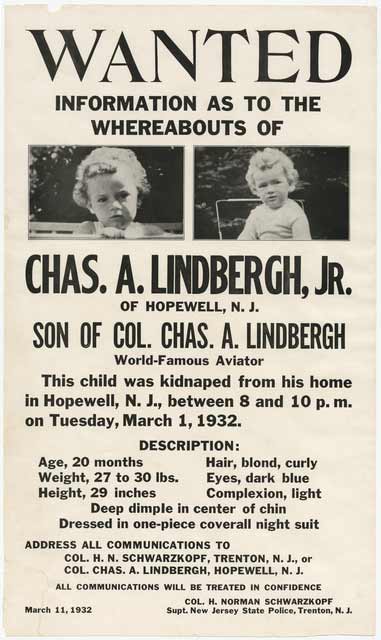Good afternoon everyone!
This summer sure has flown by quickly, and I find
myself on my second to last day here at the Baldpate before heading back to
school. It's crazy how fast the summer has gone! Since it's my last time in the
key room, I wanted to share with you all one of my favorite keys that I've come
to love after spending my summer in the key room.
When I was browsing the key room when I first got here this
summer, this large key immediately caught my eye, but it wasn’t until a little
later that I actually took some time to research it. I knew some preliminary information
about the Wilanów Palace, but in my free time I was
determined to learn some more about it.
 |
| Key donated by Mrs. Sophia Zaleski Hinkle, longtime donor to our collection |
The Wilanów Palace is located about five miles outside of Warsaw,
Poland. Construction began in 1677 and was finished for a while in 1696 by King
John Sobieski III. The residence started out small, but grew immensely as construction
continued over the decades. The palace passed between Polish royalties as the
centuries passed, falling in and out of the grandeur it was built to resemble.
 |
Letter from Sophia, giving information about the
key and including a picture of the palace at the time
of donation, 1936. |
 |
| The palace as it is today |
Finally, after recovering from a spell of being neglected, the palace
was returned to the splendor it was intended to have and was opened as one of
the very first museums in Poland in 1805. The magnificent building was kept in
pristine condition and had many rooms preserved in it. One of the most famous
was the stark white hall built after King John’s time, which boasted a
welcoming large white room for all. Others include chambers where parties would
be held and bedrooms fit for kings.
 |
| The infamous White Hall, located near the palace entrance |
Another hallmark of the palace is the portrait gallery that
contains priceless paintings of Polish royalty and other influential members of
the country’s past. These frames are preserved for all to look at even today,
and tell the tale of many rulers time has forgotten.
 |
| A view down one of the hallways of the portrait gallery in the palace |
I love this key because as it leads to one of the most beautiful palaces that the world has sometimes forgotten and it makes me feel connected to my family history, as we have a long, long line of Polish decent. There’s so many amazing stories to
historical buildings and palaces alike in our key collection just waiting to be
discovered. Come over for yourself and check them out before we close for the
season in October!
Written by:
Victoria Witkowski, Museum Curator
Source (for info and images):








